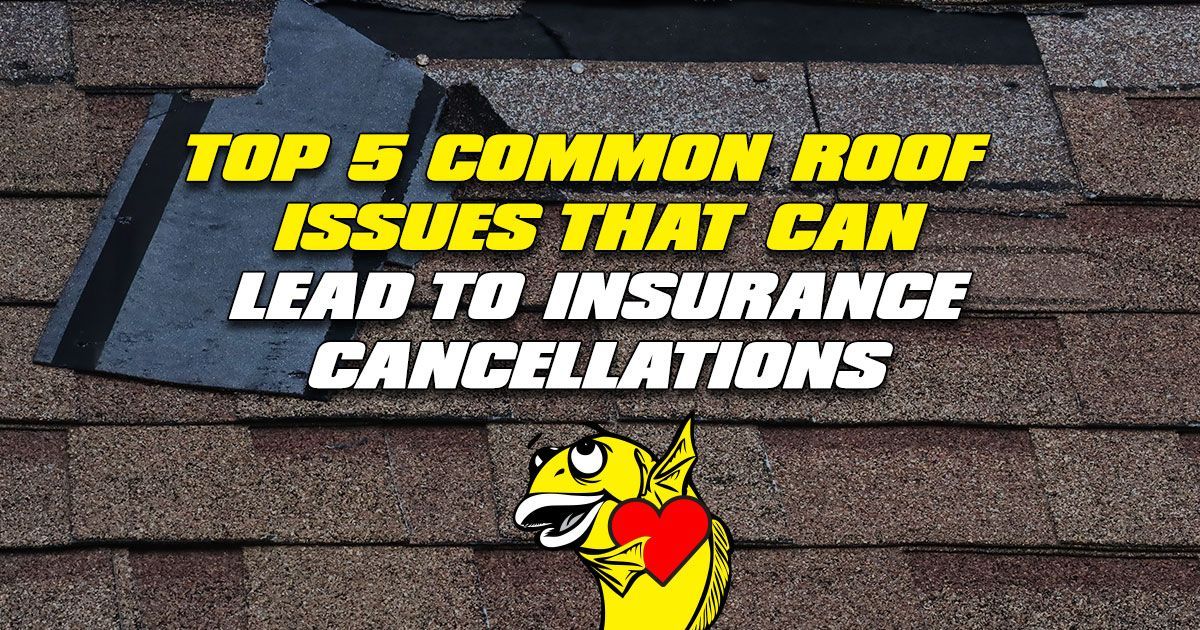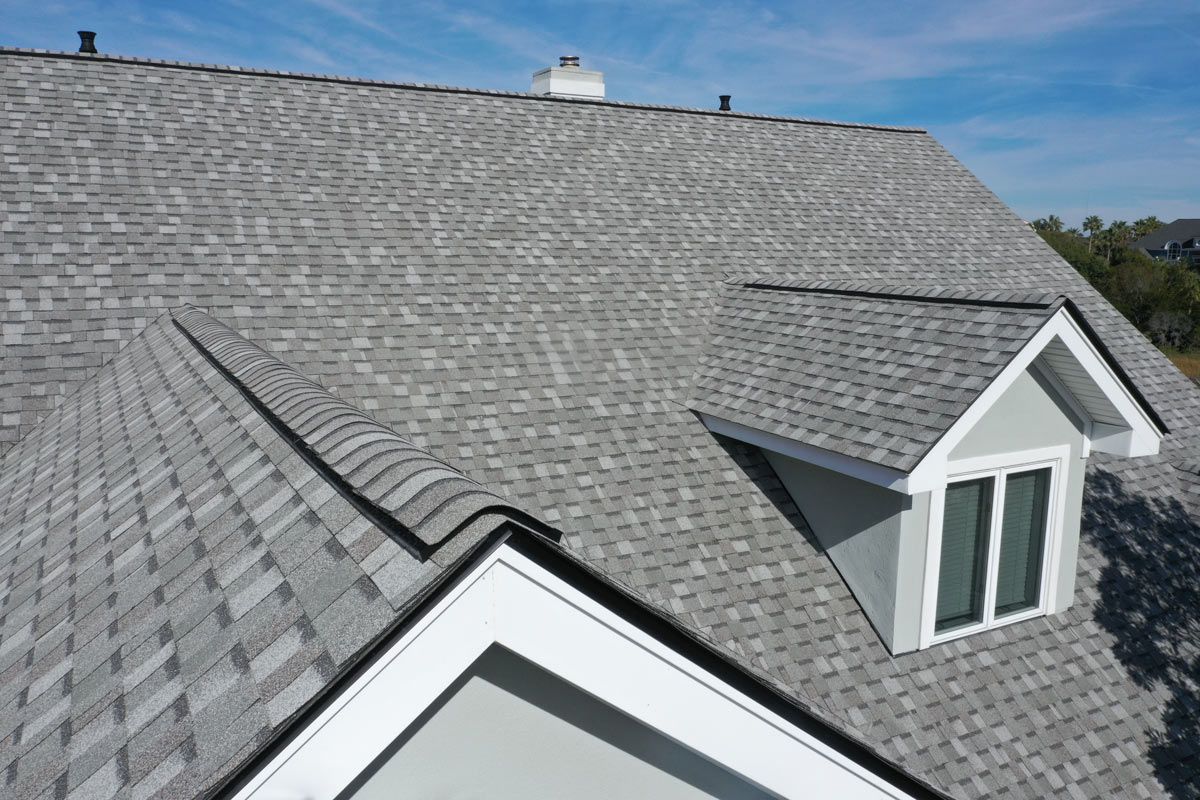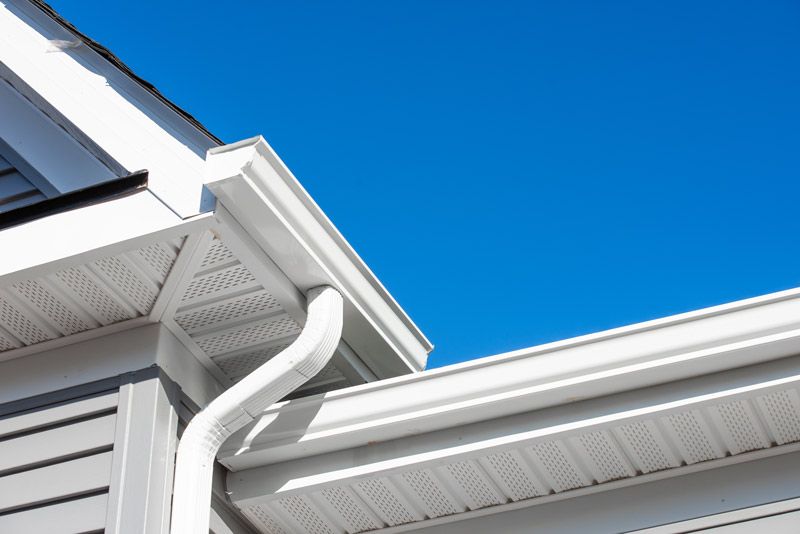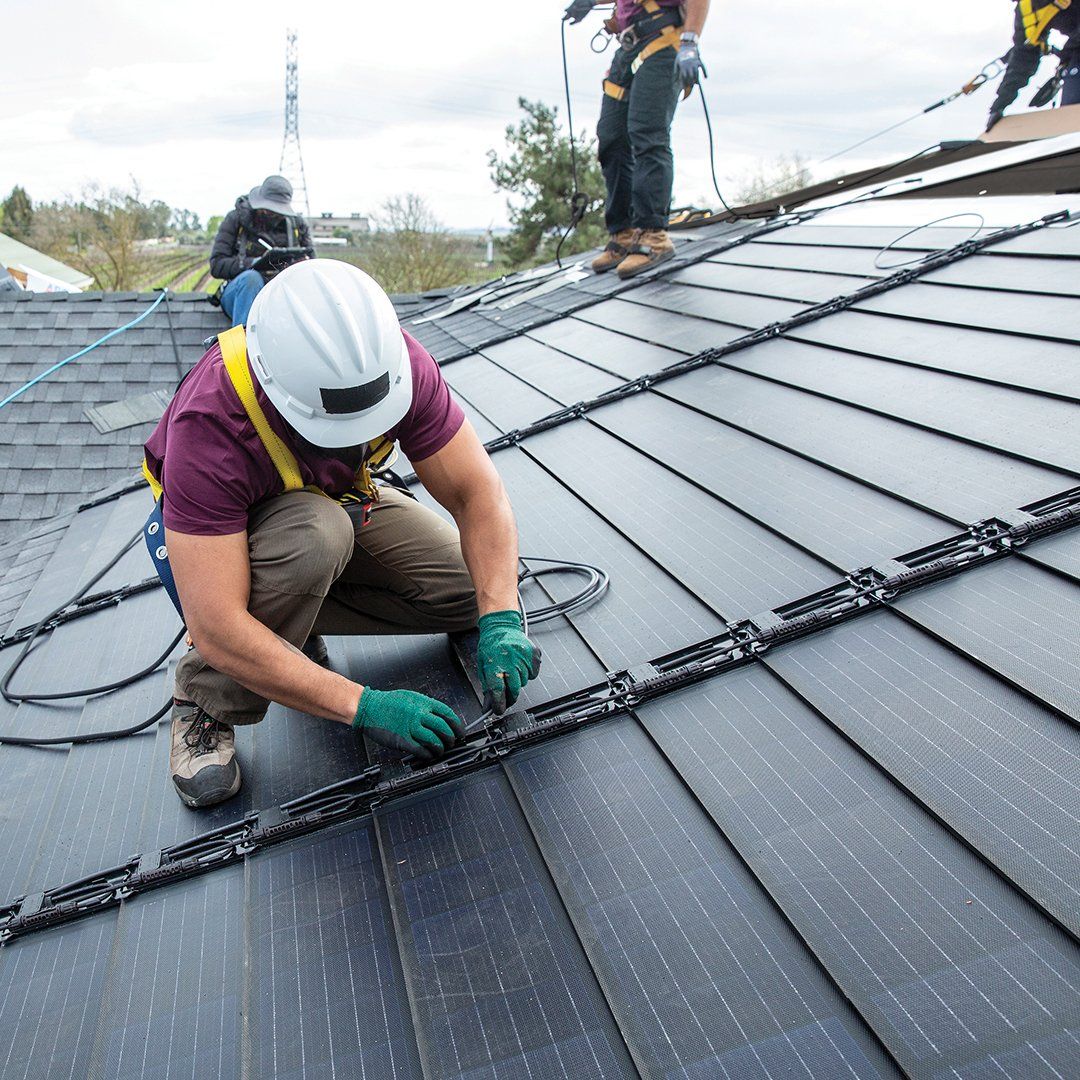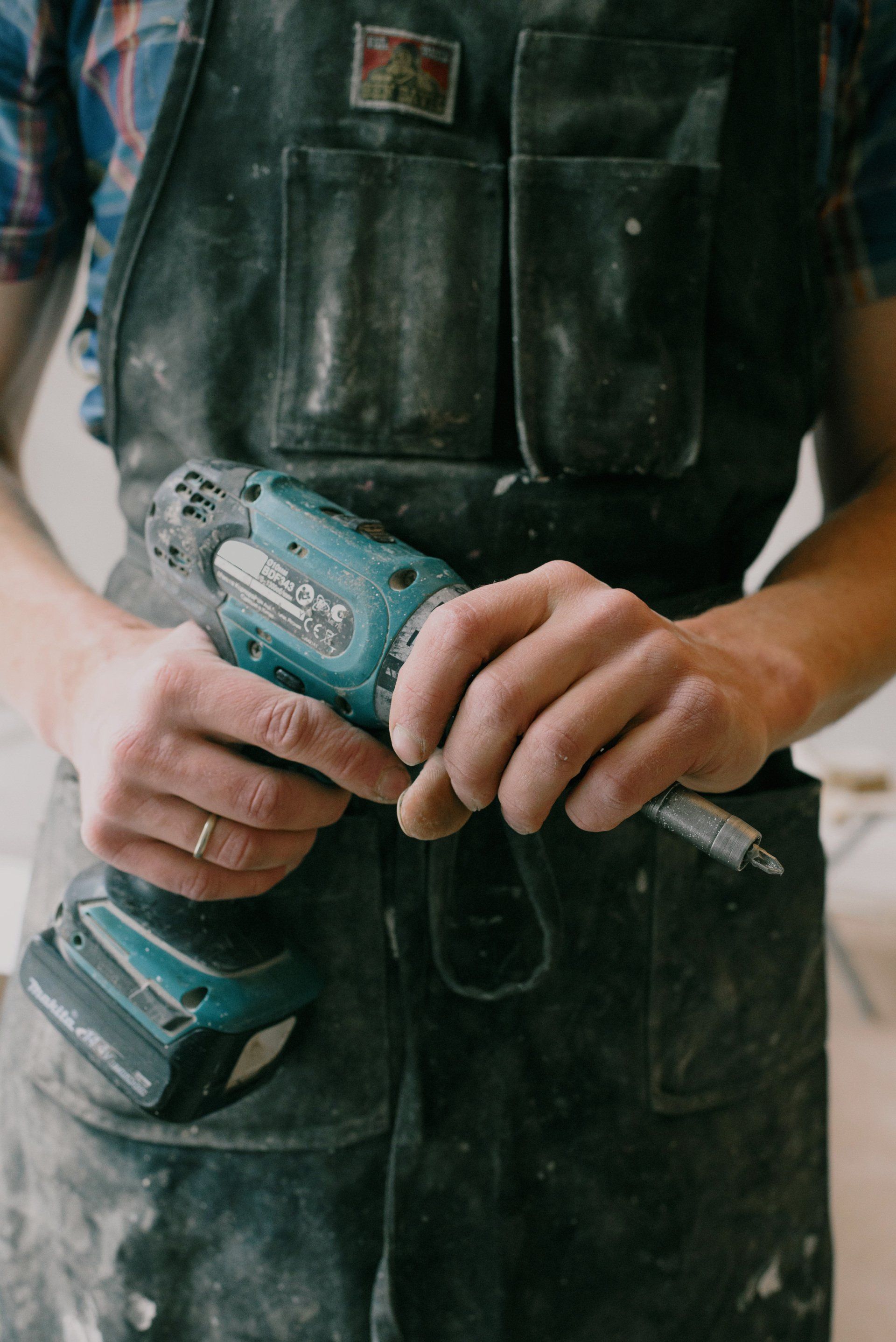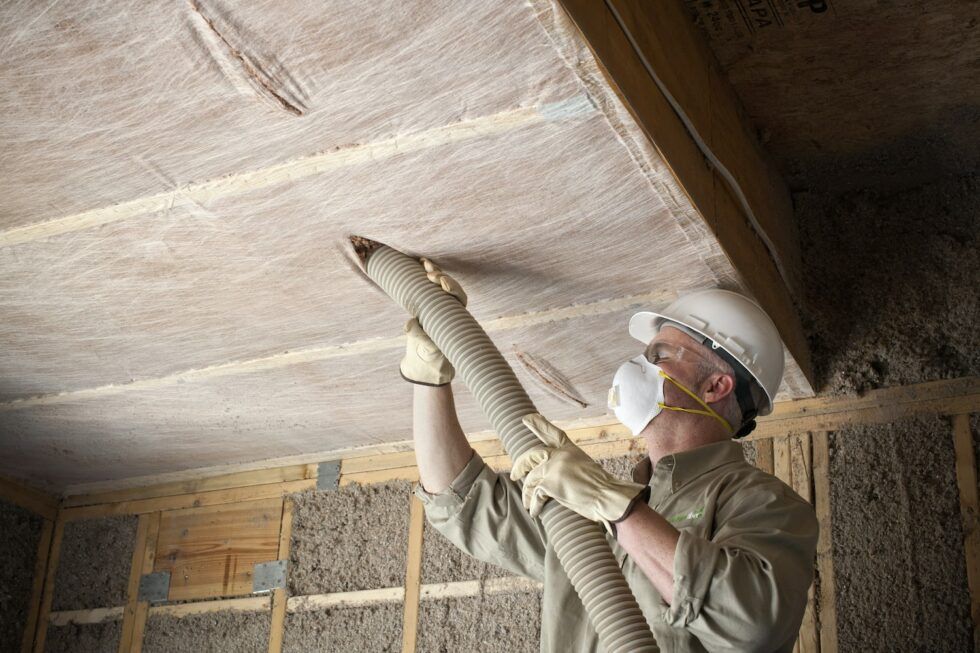Improper Roof Drainage Can Cause A Variety of Costly Home Problems
One of the most important things that helps divert water away from your home or building is a properly-installed roof drainage system. These “unsung heroes” of your roof system play a vital role in effectively removing water and debris from the roof, and minimizing groundwater accumulation around your foundation.
However many times they are overlooked when it comes to proper maintenance and care, and can become the culprit for many types of damage if they are not properly maintained. This includes wet basements, mold growth, and even a weakening foundation.
Gutters and roof drains are designed to divert water away from your home, and allow for the proper flow of water during a heavy rain, reducing the risk of interior water damage caused by water backing up into the roof. For those who may experience snow, they also provide a conduit for melting snow in order to reduce the weight loads on a roof.
The basic design of gutters makes them extremely susceptible to the accumulation of debris, which in turn limits the drainage function. This also leads to the possibility of ice dams that trap snow and ice on the roof, and presents an increased opportunity for fire risk from wind-borne embers gathering and igniting during a wildfire.
Additionally, improper sloped gutters and misaligned downspouts can lead to water accumulation that can damage the gutters of the roof itself, and cause potential water accumulation against the building.
Your roof drainage systems – including gutters, interior drains, and scuppers should be free of accumulated debris such as twigs, leaves, and granules from roof systems, such as modified bitumen on flat roofs and asphalt shingles on sloped roofs.
Below are some tips that will help ensure that your roof drainage system is operating properly when it is needed.
- Inspect and clean the roof drainage system at a minimum of two times per year. If there is a history of clogs from tree leaves, inspections should be done more frequently.
- Remove any loose objects and accumulated debris from the roof that could end up in the drainage system.
- Remove any roof granules from the gutters, as they can alter the slope of the gutter when they accumulate and in turn impede the gravitational flow of water.
- Keep trees trimmed and away from the roof. This will help prevent branches from rubbing against the roof and leaves from accumulating and clogging drains and gutters.
- Check for any long-term standing water in gutters and clear any blockage that may be causing this condition. If no blockage is found and standing water is still present, this could be a sign that the gutter is improperly sloped to the downspout.
- Check all drainage systems for leaks and ensure that they are properly secured and operating after severe weather.
- Make sure that the downspouts funnel water away from the building and do not allow for water to accumulate around the building’s perimeter.
- If you have to replace gutters, consider larger sized gutters, which will allow for greater flow of water.
- If located in hurricane prone areas, make sure that the gutters are anchored by gutter straps designed to resist high winds.
These simple yet effective tips will help make sure that water stays out of your home or building during the next storm. If you are to encounter any interior damage, make sure and call a trusted restoration contractor to get your property cleaned up and put back together. Until next time my friends, be prepared and stay safe.
You might also like
